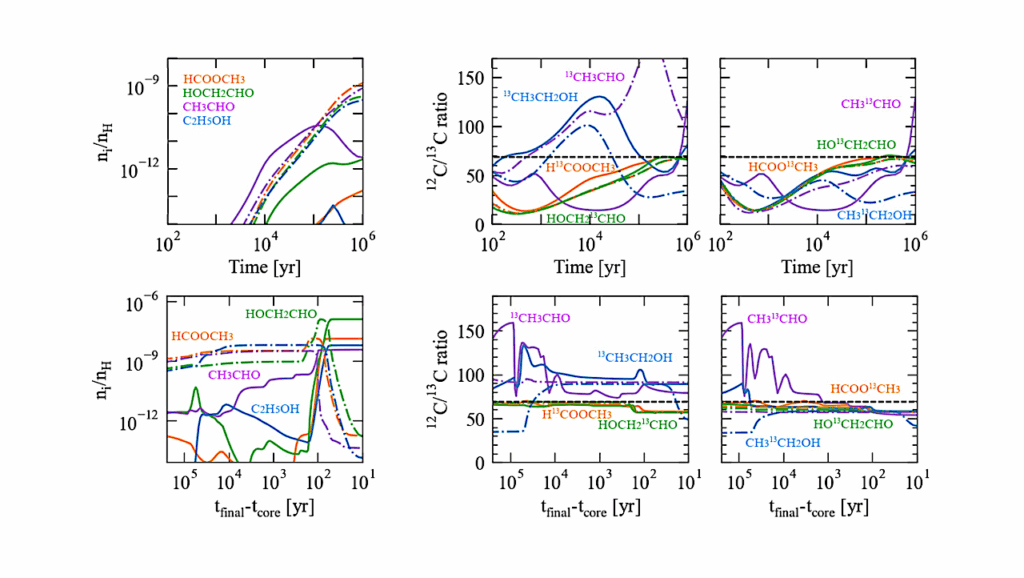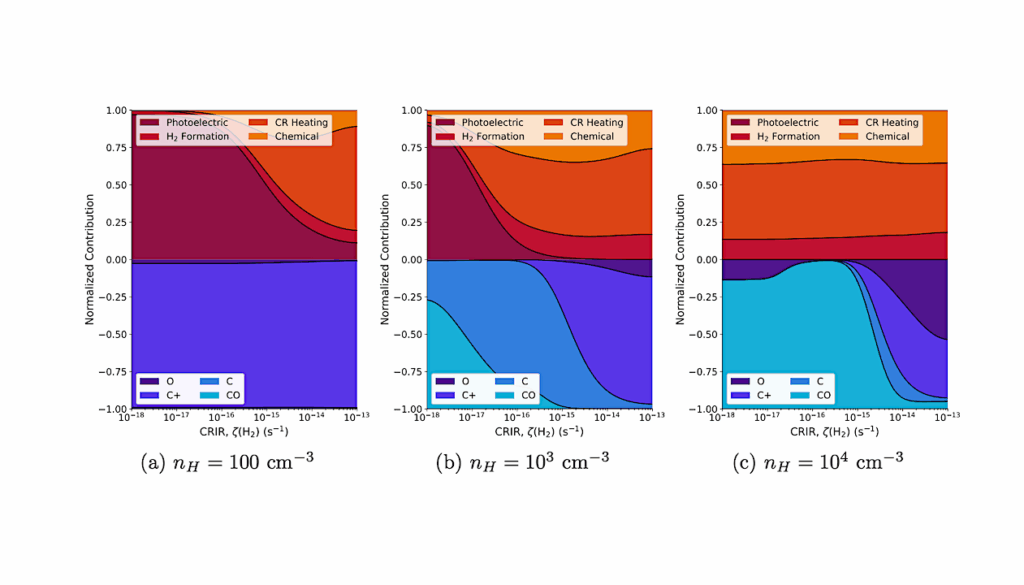The Pale Orange Dot: The Spectrum and Habitability of Hazy Archean Earth

Recognizing whether a planet can support life is a primary goal of future exoplanet spectral characterization missions, but past research on habitability assessment has largely ignored the vastly different conditions that have existed in our planet’s long habitable history.
This study presents simulations of a habitable yet dramatically different phase of Earth’s history, when the atmosphere contained a Titan-like organic-rich haze. Prior work has claimed a haze-rich Archean Earth (3.8-2.5 billion years ago) would be frozen due to the haze’s cooling effects. However, no previous studies have self-consistently taken into account climate, photochemistry, and fractal hazes. Here, we demonstrate using coupled climate-photochemical-microphysical simulations that hazes can cool the planet’s surface by about 20 K, but habitable conditions with liquid surface water could be maintained with a relatively thick haze layer (tau ~ 5 at 200 nm) even with the fainter young sun.
We find that optically thicker hazes are self-limiting due to their self-shielding properties, preventing catastrophic cooling of the planet. Hazes may even enhance planetary habitability through UV shielding, reducing surface UV flux by about 97% compared to a haze-free planet, and potentially allowing survival of land-based organisms 2.6.2.7 billion years ago.
The broad UV absorption signature produced by this haze may be visible across interstellar distances, allowing characterization of similar hazy exoplanets. The haze in Archean Earth’s atmosphere was strongly dependent on biologically-produced methane, and we propose hydrocarbon haze may be a novel type of spectral biosignature on planets with substantial levels of CO2. Hazy Archean Earth is the most alien world for which we have geochemical constraints on environmental conditions, providing a useful analog for similar habitable, anoxic exoplanets.
Giada Arney, Shawn D. Domagal-Goldman, Victoria S. Meadows, Eric T. Wolf, Edward Schwieterman, Benjamin Charnay, Mark Claire, Eric Hébrard, Melissa G. Trainer
(Submitted on 14 Oct 2016)
Comments: 111 pages, 15 figures, 4 tables, accepted for publication in Astrobiology
Subjects: Earth and Planetary Astrophysics (astro-ph.EP)
Cite as: arXiv:1610.04515 [astro-ph.EP] (or arXiv:1610.04515v1 [astro-ph.EP] for this version)
Submission history
From: Giada Arney
[v1] Fri, 14 Oct 2016 16:08:28 GMT (8117kb)
https://arxiv.org/abs/1610.04515








